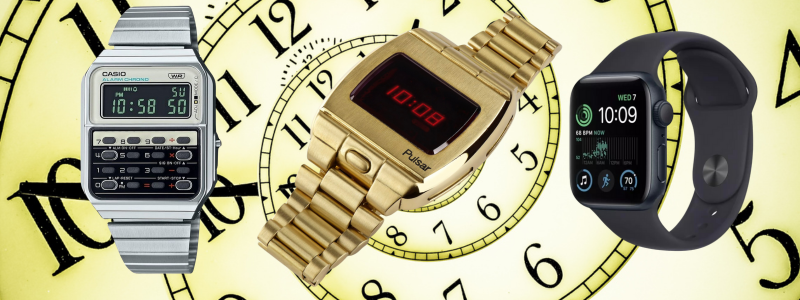THE SMARTWATCH: FROM SCI-FI FANTASY TO EVERYDAY NECESSITY?










At WatchDNA, we believe in building a community where everyone is welcome. This is why we would love to hear from you and offer a platform to contribute and be published in our stories.
Just send us an email at Community@watchdna.com
Every contribution that will be selected will receive a token of our appreciation. When one of your contributions is publish, we provide 1 day of education in the world.